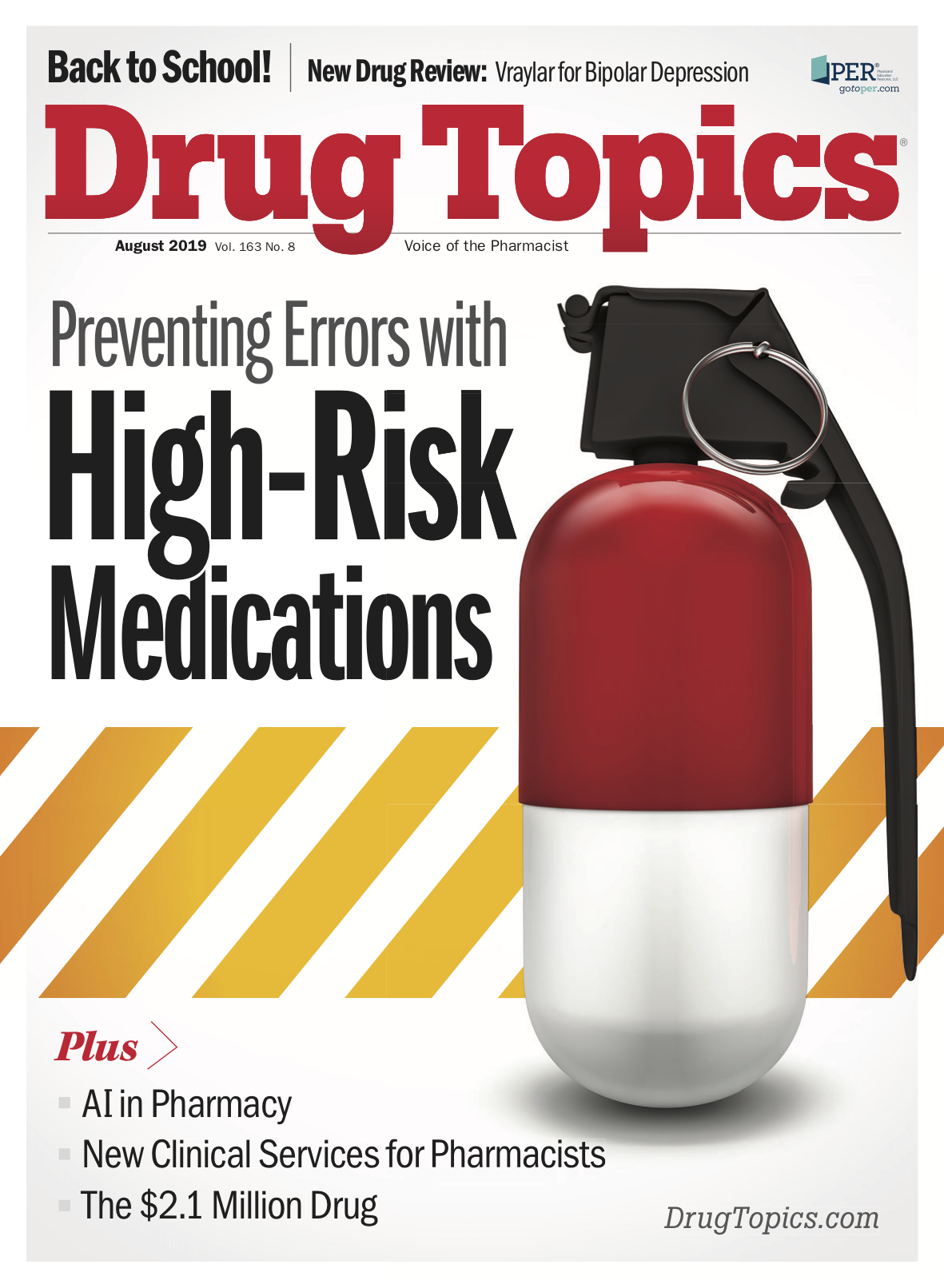Physician Dispensing and the Opioid Crisis
Pharmacists must continue to minimize the convenience gap between physician and pharmacy.

Jonathan Ni

Nicholas Benedict, MBA

Approximately 130 Americans die every day from an opioid overdose. Although this is mostly driven by illicit opiates like heroin and fentanyl, prescription opiates play a large role. One recent study suggests that 21% to 29% of patients who are prescribed opioids misuse them and 8% to 12% will develop a disorder. Almost all heroin users have a prior history of prescription opiate abuse.
Some pharmacists point to physician dispensing, the practice of doctors providing prescription medication directly to patients in the office instead of writing prescriptions to be filled at a pharmacy, as a driver of prescription opiate abuse. Is this true, or does it reflect the self-interest of pharmacists, who otherwise lose patients if they don’t require a pharmacy visit? What are the implications of physician dispensing on pharmacists?
Doctors who dispense in-office make money by doing so. There are no comprehensive studies that measure whether this incentive skews physician behavior, but many studies have shown that economic incentives impact the decisions some doctors make, including a recent case where doctors were successfully bribed to prescribe opioids to their patients. Another study shows that overprescribing is a major contributor to the opioid crisis. To be fair, these studies relate to opioid prescriptions generally, not to the specific impact of in-office dispensing.
Trending: Six New Clinical Services for Pharmacists
Another risk factor is that clinic staff may not have the training or tools to duplicate the pharmacists’ role in patient education or check for errors and interaction effects. One physician dispensing company advertises that it takes on average two minutes to dispense a prescription. This puts pressure on the doctor’s office to manage this process efficiently without sacrificing patient care.
It’s clear that pharmacists and pharmacy associations should be pushing for further research on the effects of physician dispensing incentives and strict in-office opioid dispensing regulations by state boards of pharmacy and staff training.
Pharmacists need to recognize and adapt to the benefits of physician dispensing. A review of recent primary prescription medication non-adherence studies shows that between 20% and 30% of prescriptions are never filled, which leads to 10% of all hospital visits and almost 125,000 unnecessary deaths per year. Physician dispensing companies point to the convenience as well as privacy benefits for patients receiving medication at the point of care, which by definition addresses primary nonadherence.
Patients often choose to pay more for in-office dispensing because of convenience. While pharmacies have improved convenience with processes such as digital refills and drive-through services, they must continue to innovate in this area.
Read More: New Guidelines Stress Pharmacist Well-Being
In addition, pharmacists must ensure they maintain their gold standard position for patient education and safety. For example, some proponents of in-office dispensing point to the drug naloxone, an opioid antagonist, but only 29% of pharmacies have this drug available and have correct information about its use. It can be argued that physicians know their patients better than pharmacists and can actively ensure that any at-risk patients receive naloxone, particularly if pharmacists are not dispensing it.
Physician dispensing is not going away given the benefits in combating primary medication nonadherence, but studies that look at the specific impact of physician dispensing are desperately needed, as are regulations that require training for in-office dispensing and restrictions around dispensing opioids. Pharmacies must continue to maintain best practices, hold onto their competitive advantage as champions of patient care and safety, and innovate to minimize the convenience gap between physician and pharmacy dispensing.
